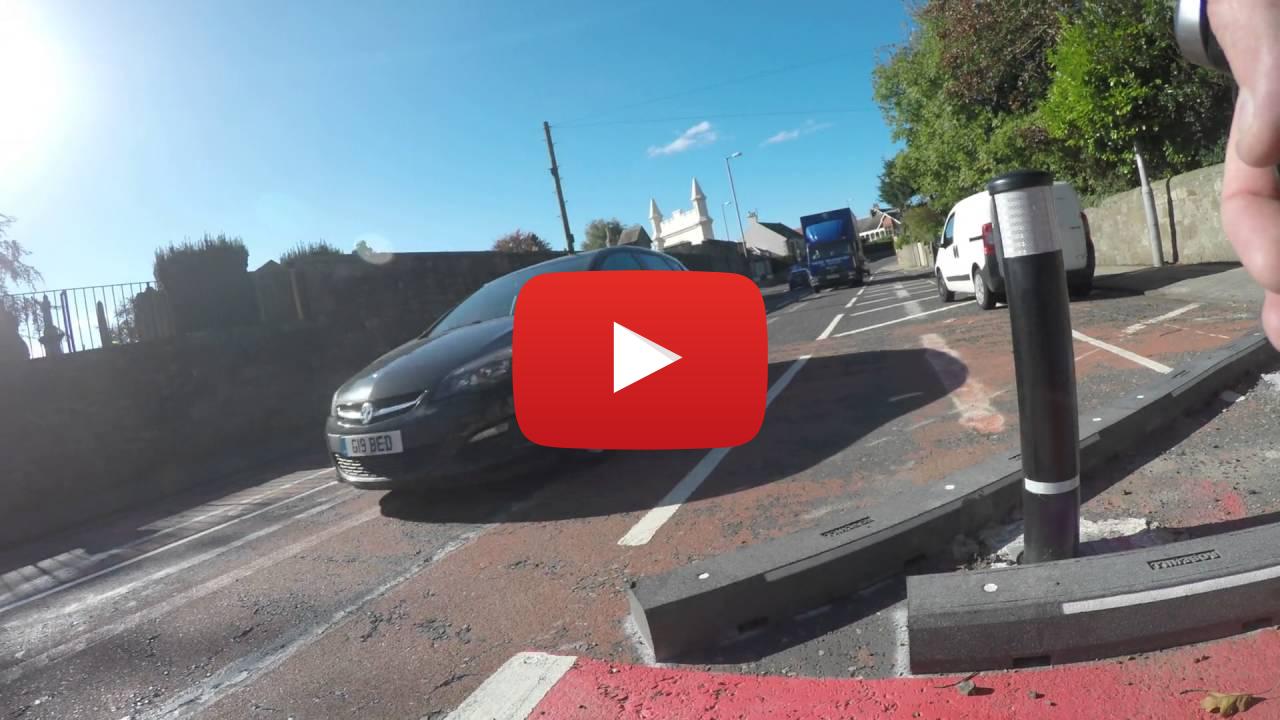New Zealand will spend US$30 billion over the next decade on public transport, including road works not just in major urban areas but in the provinces.
The announcement was made by Transport Minister Simon Bridges after the government approved the draft Government Policy Paper 2015.
The approved document takes into consideration concerns by local government that their transport infrastructure needs would be ignored in favour of those for large urban areas, the New Zealand Herald newspaper reported.
December 19, 2014
Read time: 2 mins
New Zealand will spend US$30 billion over the next decade on public transport, including road works not just in major urban areas but in the provinces.
The announcement was made by Transport Minister Simon Bridges after the government approved the draft Government Policy Paper 2015.
The approved document takes into consideration concerns by local government that their transport infrastructure needs would be ignored in favour of those for large urban areas, the %$Linker:2 External <?xml version="1.0" encoding="utf-16"?><dictionary /> 0 0 0 oLinkExternal New Zealand Herald newspaper reported Visit NZ Herald news Page false http://www.nzherald.co.nz/nz/news/article.cfm?c_id=1&objectid=11376426 false false %>.
The government’s investment will come from mainly fuel taxes and vehicle registration fees, as well as more annual increases in fuel taxes, including NZ3c/litre in July.
Roads will take almost 75% of spending over the next 10 years. Bridges approved a potential maximum average increase in public transport spending to 3.5%/year, compared with 3% in the original draft document.
He said the document would also direct funding for the first time towards regional improvements, providing up to around $70 million a year to non-urban areas to develop their strategic transport networks.
The Herald reported that New Zealand’s Transport Agency will set annual budgets for categories including state highway improvements and maintenance, and government subsidies to territorial councils.
However, the document shows there will be a slow-down in spending on new highway construction. Spending will continue to increase but at a slower rate – annual average of 4% instead of 4.6%. Work continues apace on roads of national significance, including another $1.9 billion investment in Auckland's western ring route and its merger at Albany with State Highway 1.
A3260 World Highways %$Linker: 2 External <?xml version="1.0" encoding="utf-16"?><dictionary /> 0 0 0 oLinkExternal report on the ring route in October Visit World Highways News page false http://http//www.worldhighways.com/categories/road-highway-structures/news/tunnel-breakthrough-for-new-auckland-link-in-new-zealand/ false false %> noted that the tunnel boring machine digging the first of twin road tunnels beneath Auckland emerged into daylight after 10 months underground.
Areas for annual increases in spending include maintenance of state highways (3%), local road improvements (4.3%), public transport (3.5%), walking and cycling (3%) and road policing (1.9%).
Bridges said most submissions received on the draft policy statement sought more money for cycling. The government has committed $78 million from asset sales over four years to be spent on urban cycle-ways outside the normal land transport budget. This will help to provide up to nearly $150 million for walking and cycling improvements between now and 2018.
The announcement was made by Transport Minister Simon Bridges after the government approved the draft Government Policy Paper 2015.
The approved document takes into consideration concerns by local government that their transport infrastructure needs would be ignored in favour of those for large urban areas, the %$Linker:
The government’s investment will come from mainly fuel taxes and vehicle registration fees, as well as more annual increases in fuel taxes, including NZ3c/litre in July.
Roads will take almost 75% of spending over the next 10 years. Bridges approved a potential maximum average increase in public transport spending to 3.5%/year, compared with 3% in the original draft document.
He said the document would also direct funding for the first time towards regional improvements, providing up to around $70 million a year to non-urban areas to develop their strategic transport networks.
The Herald reported that New Zealand’s Transport Agency will set annual budgets for categories including state highway improvements and maintenance, and government subsidies to territorial councils.
However, the document shows there will be a slow-down in spending on new highway construction. Spending will continue to increase but at a slower rate – annual average of 4% instead of 4.6%. Work continues apace on roads of national significance, including another $1.9 billion investment in Auckland's western ring route and its merger at Albany with State Highway 1.
A
Areas for annual increases in spending include maintenance of state highways (3%), local road improvements (4.3%), public transport (3.5%), walking and cycling (3%) and road policing (1.9%).
Bridges said most submissions received on the draft policy statement sought more money for cycling. The government has committed $78 million from asset sales over four years to be spent on urban cycle-ways outside the normal land transport budget. This will help to provide up to nearly $150 million for walking and cycling improvements between now and 2018.






